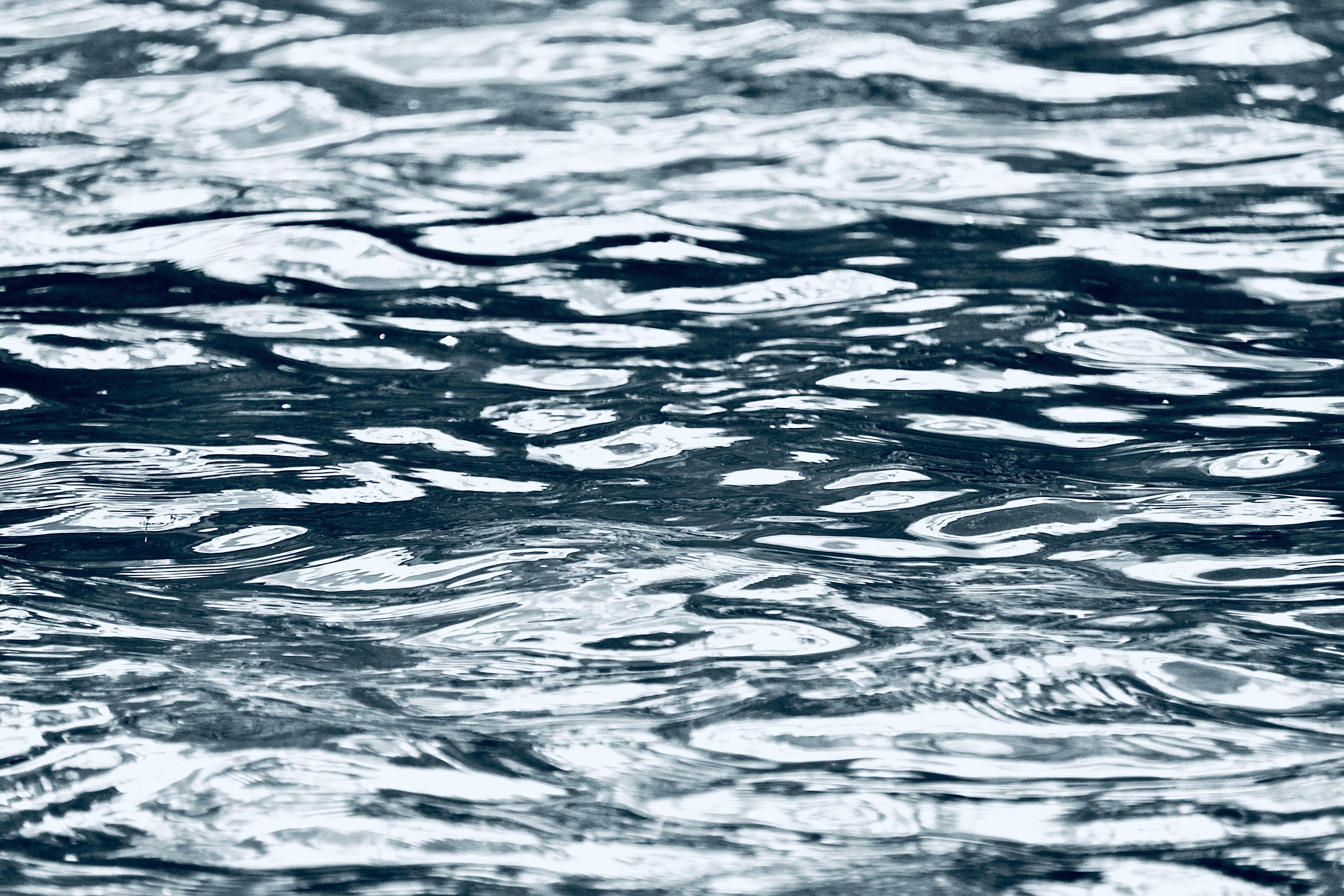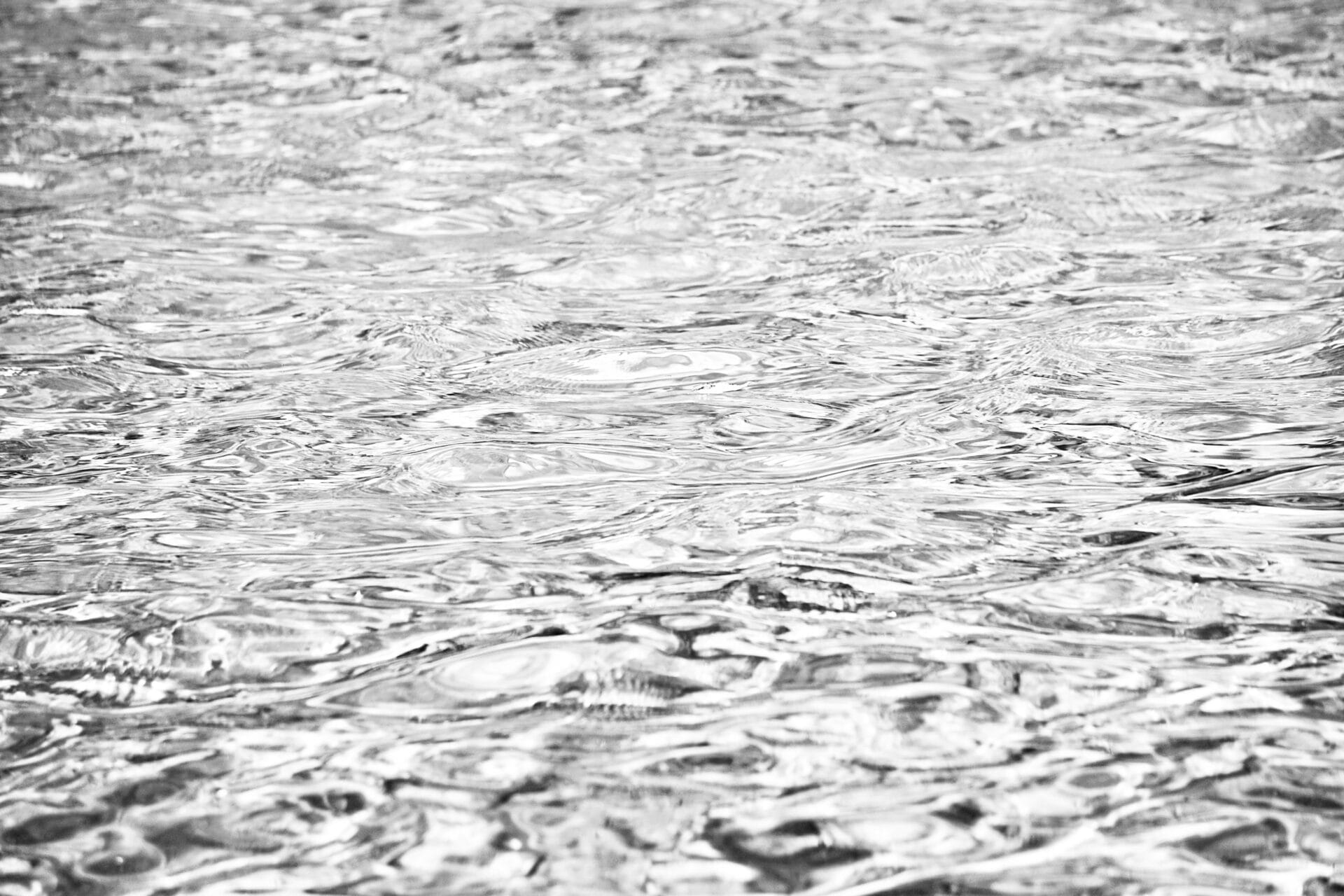Ripples in the water are often used as a metaphor to reflect on life’s experiences and the impact they have. The ripple effect is seen as a metaphor to highlight how our actions, no matter how small, can have far-reaching consequences. This metaphor is commonly used to emphasize the importance of considering the potential outcome of our decisions and understanding that even small events can cause significant changes in our lives.A ripple in the water symbolizes a disturbance or a change. It can be interpreted as an impact on the environment, an influence on the people around, or any type of movement that creates a reaction. It can also represent a disruption of something that was once peaceful and still, but is now being disturbed by an external force. Symbolically, ripples in the water are used to show how even the smallest action can have a greater effect.
How Does the Metaphor of Ripples in the Water Relate to Emotions?
The metaphor of ripples in the water is often used to describe how emotions spread outward and affect others. Like a pebble dropped into a still pond, our emotions can have a far-reaching impact on those around us. When we feel strong emotions, such as happiness or sadness, these feelings can be contagious and spread from person to person.
The ripples created by our emotional states also have an effect on our environment. For example, if someone is feeling angry or frustrated, the atmosphere in a room can become tense and hostile. Similarly, when someone is feeling optimistic and happy, the energy in the room can become lighter and more positive.
The metaphor of ripples in the water helps us to understand how our emotions influence not only ourselves but also those around us. Our emotional states can create powerful waves that shape our lives and the lives of others. Therefore, it is important to be mindful of how we express our emotions so that they do not cause unnecessary harm or disruption.
It is also important to remember that while we may not always be able to control our own emotions, we do have some power over how we respond to them. We can choose how we react to our feelings and take responsibility for what we say or do when we are feeling overwhelmed by emotion. By being mindful of this metaphor and taking control of our reactions, we can ensure that our emotional ripples are constructive rather than destructive.
Ripples in the Water for Life Experiences
Ripples in the water can be a powerful metaphor for life experiences. As a ripple moves across the water, it is affected by the environment around it, much like life is affected by the people and places that surround us. A single ripple can spread out and affect many different areas, just as a single event or action can have far reaching effects on our lives. The ripples in the water also represent our choices and how they shape our lives; every choice we make has an impact on what comes next.
The ripple effect of life experiences is not always easy to predict, which adds to its significance. Different ripples may interact with one another and create unpredictable patterns, just as certain life decisions or events may lead to unpredictable outcomes. This unpredictability adds to the complexity of life and reminds us that any event or decision can have far reaching consequences.
The ripples in the water also remind us that even though an event may have happened in our past, it still affects us today. Just as a ripple from yesterday can still be felt today, so too can past experiences shape our present lives. Even if we cannot see or feel them directly, their effects are still very real and can continue to influence us for years after they occurred.
Finally, ripples in the water represent how we are all connected to each other and how our actions affect one another. Just as a single ripple can create circles around it, so too does every decision we make have an effect on those around us. Our actions always have consequences and it’s important to remember that even small decisions can have big impacts on others’ lives.
In conclusion, ripples in the water are powerful metaphors for life experiences that remind us of our interconnectedness with each other and how our choices shape our lives. Every decision we make has an impact on what comes next and understanding this ripple effect helps us become more mindful of how every action has consequences both now and in the future.
Ripples in the Water Represent Change
Ripples in the water are a visual representation of change. They are a reminder that no matter how small or insignificant something may seem, it can have far-reaching consequences. When something is dropped into a still body of water, ripples form and move outward, touching everything in its path. This is symbolic of how change works: it starts small and gradually expands outward, affecting things that were not initially part of the equation.
The beauty of ripples is that they represent both positive and negative change. While some changes may be disruptive or unwelcome, others bring about positive growth and progress. The ripple effect can also be used to describe how one person’s actions can create a domino effect for many others down the line. For example, if someone makes a seemingly small decision to donate to a charity or volunteer their time, this action could have far-reaching implications for those who benefit from the donation or help received.
Ripples in the water also serve as an important reminder that we should take our actions seriously and think through their possible consequences before we act. Even the smallest decisions can have a ripple effect on our lives and those around us, so it’s important to take responsibility for our choices and be mindful of how they might affect others.
In conclusion, ripples in the water can be seen as a metaphor for change – both positive and negative – and an important reminder that no action is too small to make an impact on our lives and those around us.
Movement, Direction and Action Represented by Ripples in the Water
Ripples in water are a visual metaphor for movement, direction, and action. They represent the flow of energy and the force of nature. As they spread out from their source, they can be seen traveling across the surface of the water in a continuous motion. This motion can be used to convey different meanings depending on the context. For example, ripples can represent the passage of time or symbolize change and progress. In addition, ripples in water can also be used to illustrate waves of emotion or feelings.
Ripples in water also show direction and action. As they travel from one point to another, they create patterns that indicate a certain direction or momentum. This can be used to convey messages about movement or progress towards a goal. Additionally, ripples can also represent actions taken or decisions made as they ripple outward from their source point.
Ripples in water are also symbolic of how our choices and actions have an impact on our environment and those around us. They illustrate how our choices have consequences that ripple outward and affect others, often unseen or unexpected by us at first. In this way, ripples offer a powerful reminder to consider our actions carefully before taking them so that we do not cause unintended harm or suffering to those around us.
In summary, ripples in water are a powerful visual metaphor for movement, direction, and action. They represent the passage of time as well as changes and progress being made over time. Additionally, they show directionality as well as demonstrate how our choices have consequences that ripple outward beyond ourselves into our environment and those around us.

Ripple Effect of Impact on Others
The concept of a ripple in the water is often used to illustrate the idea of how a single event or action can have far-reaching consequences. This concept can be used to explain how a person’s impact on others can be felt throughout their lives. When an individual takes an action, it may have a positive or negative effect on someone else. This action then creates a ripple effect, as the person who was affected by the initial action may also then affect someone else in turn. The ripple effect continues until it eventually dissipates over time.
This concept of ripples in the water is useful in illustrating how one’s actions and decisions can have a significant impact on others, even if that person may not be aware of their influence. For example, if an individual chooses to take part in volunteering activities, they may be directly impacting those they help by providing them with assistance. At the same time, this volunteer work could also have an indirect impact on others by inspiring them to do something similar or helping create more awareness about the cause being supported.
In addition to having a direct and indirect influence, someone’s actions could also have a lasting impact on those around them. If a person chooses to act with kindness and compassion towards others, this could encourage those around them to do the same and thus create an environment where kindness and empathy are accepted and appreciated. Similarly, if someone acts with malice or cruelty towards another individual, this could set off a chain reaction of negativity that can spread further than expected and lead to more hurtful behavior within the community.
Overall, understanding how ripples in the water can demonstrate impact on others is important for recognizing one’s own potential influence on society as well as reflecting upon our own behaviors. By becoming aware of our own impacts as well as those of our peers we are able to make informed decisions about our actions that are respectful and considerate towards others.
What Is the Role of Perspective When Considering Ripples in the Water Metaphorically?
The ripple effect that is created when a stone is thrown into a body of water is often used metaphorically to describe how one action can cause a chain reaction that extends far beyond the initial incident. The metaphor can be used to describe any situation in which an action or event has a wider impact than initially expected. When considering the ripple effect metaphorically, perspective plays an important role in determining how far-reaching this effect can be.
From one perspective, the ripples of an action may not seem to have much reach, and may only appear to affect those who are immediately involved in the situation. However, when looking at a situation from another angle, it’s possible to see how far-reaching the effects of one event can be. For example, when looking at a situation from an individual’s perspective, it may appear that their actions have only affected those within their immediate circle; however, when viewed from a larger perspective, it’s possible to see how their actions have had an impact on many different people and events.
The role of perspective when considering ripples in water metaphorically is also important because it helps us understand how our actions can create both positive and negative outcomes over time. Looking at things from multiple perspectives can help us better understand how our choices and decisions are influencing the world around us, both now and in the future. By taking this broader view of situations and events, we can gain insight into how our actions are impacting others and identify ways we can make more positive choices moving forward.
Ultimately, understanding the role of perspective when considering ripples in water metaphorically provides us with greater awareness about our own behaviors as well as those of others. It also allows us to gain insight into just how far-reaching our choices and decisions may be in terms of creating ripple effects that extend beyond our immediate sphere of influence. By approaching situations with consideration for multiple perspectives, we can ensure that the decisions we make are ones that will create positive outcomes for all involved.
Ripples in the Water as a Metaphor
Ripples in the water are often used as a metaphor to represent various aspects of life. They symbolize progress, change, growth, and impact. Ripples can be both positive and negative, representing both good and bad experiences. Some common examples of ripples in the water as a metaphor include:
Cascading Effects
Ripples can be used to illustrate how small decisions or actions can lead to larger effects. This is often referred to as the “butterfly effect,” which suggests that tiny changes can cause significant ripples in the pond of life. For example, one small decision to join a new club or take a different route home could eventually lead to making new friends or discovering something you never knew before.
Unexpected Outcomes
Ripples can also represent unpredictable outcomes or results. Just like how you never know what will happen when you drop a pebble into the water, life is full of surprises that you may not have expected. You may start off with small goals and intentions that lead you down an unexpected path to something greater than what you initially imagined.
Making Waves
Finally, ripples can be used to symbolize making an impact on others or the world around us. When we make choices that affect those around us, we create ripples that spread far beyond what we initially thought possible. Whether it’s standing up for what’s right, volunteering for charity work or simply being kind and generous – all these actions have the potential to create waves of positivity and change in our lives and those of others.

Conclusion
Ripples in the water are often used metaphorically to represent the idea that a change in one part of a system can have an effect on other parts. This metaphor can be used to describe how our actions, thoughts, and emotions can have an impact on those around us and our environment. It can also be used to explain how changes in one area of our lives, such as work or relationships, can have a ripple effect that spreads to other areas. Ultimately, ripples are a powerful representation of how even small changes can have big impacts.
No matter what situation we find ourselves in, understanding the concept of ripples and their metaphorical implications is essential for making conscious decisions in life and cultivating positive change. By recognizing this power, we can use it to create more meaningful connections with others and our environment, ultimately leading to a more harmonious existence where we are all connected by our ripple effects.

